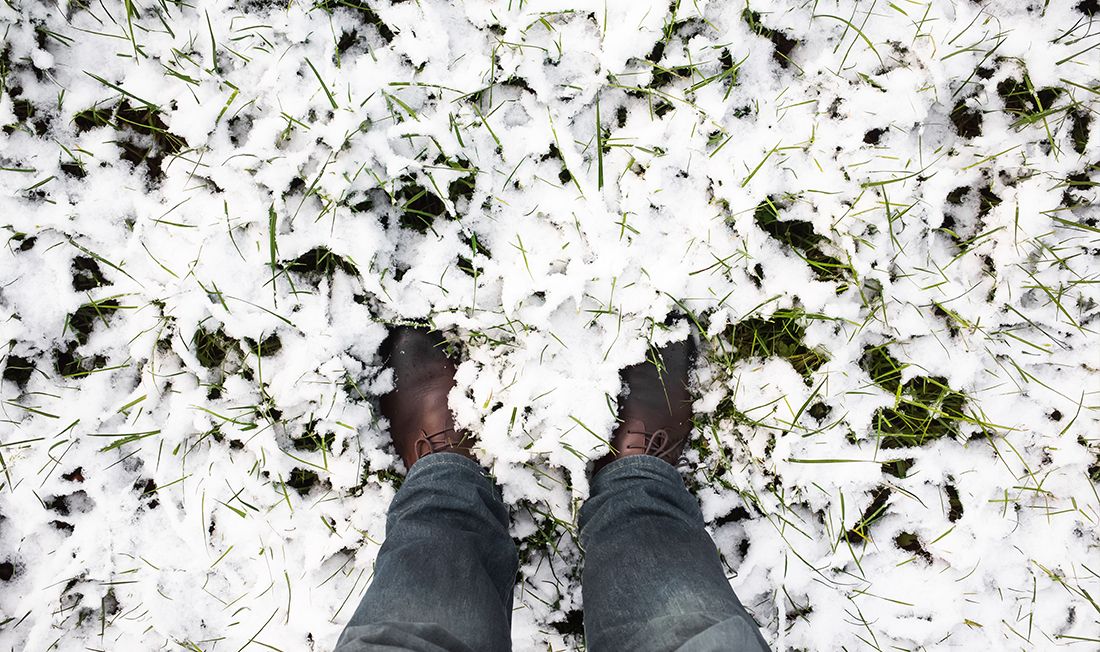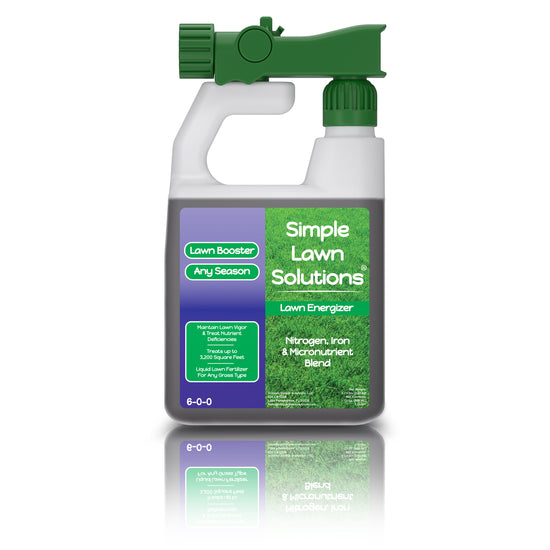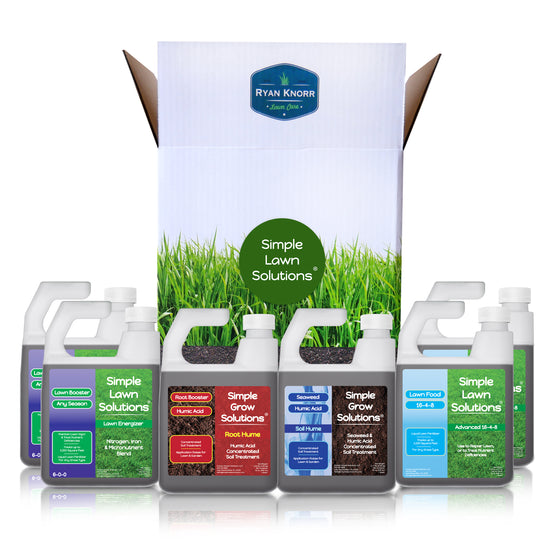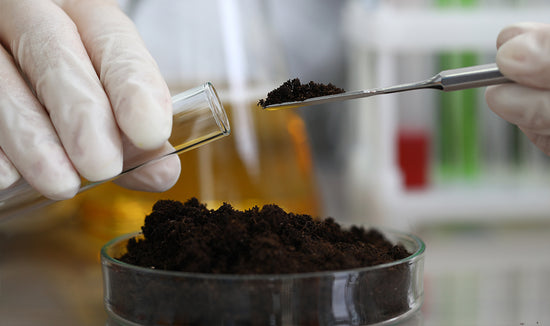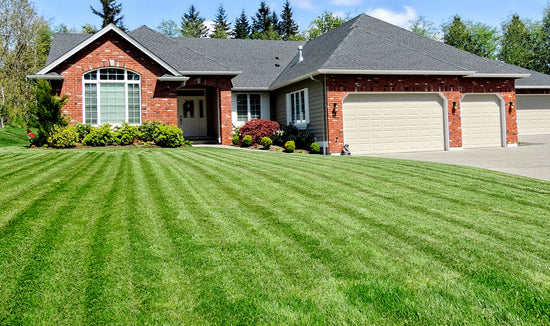During the winter, our lawn tends to become out-of-sight and out-of-mind. We often don’t consider what we can do to keep our lawns healthy for the coming season. However, even if we’re not mowing or applying products to our lawns, there are still mistakes that can be made that can adversely affect the health of the lawn as it emerges from dormancy in the springtime. Here are six mistakes that you can avoid this winter to ensure a beautiful lawn in the spring.
Walking or Driving on Frost
For cool-season grasses, the first frost, or even the second, doesn’t necessarily mean that your grass is done growing for the year. In many cases, after a frost the grass continues to photosynthesize and store nutrients in the roots. However, walking or running equipment across the frost can cause serious damage to these areas as it causes the leaf cells to rupture, resulting in moisture and nutrient loss and the death of the plant.

Fertilizing
Be sure that you don’t fertilize your grass when it’s not growing. Though the grass may continue to grow after the first fall frost, it’s preparing to go dormant. Grass prepares for dormancy by sending nutrients and carbohydrates to the roots, so fertilization during this period can cause excessive, unnecessary growth and utilization of these nutrients and carbohydrates. As the grass begins to go dormant, nutrient uptake slows, rendering your application inefficient or completely useless. In addition to wasting money, this can have harmful effects on the environment as the applied nutrients may be left to wash out of the soil. Fertilizing too soon in the spring can also have harmful effects on the grass as it may stimulate excessive growth. If this is followed by one, or several, hard frosts, then the grass will re-enter dormancy having wasted critical energy that it will need to fully emerge from dormancy.
For warm-season grasses, it is recommended to fertilize during late spring to early summer when the ideal soil temperature ranges from 70°F to 90°F (21°C to 32°C). On the other hand, cool-season grasses should be fertilized in early fall or early spring, with the optimal soil temperature between 50°F and 65°F (10°C to 18°C)

Leaving Leaves
Leaves are a real pain to clean up. There’s really no other way else to put it. Unfortunately, if you love your lawn, they need to be taken care of. This means at a minimum, mulching them heavily enough so that they are able to make soil contact beneath the grass canopy. As your lawn prepares for dormancy, as stated before, it continues to photosynthesize. Leaves on the lawn will inhibit the fundamental processes that the plant needs to undergo to prepare for dormancy, which can affect the health of the grass. Leaving them on the lawn until spring time can cause even greater issues as the grass tries to emerge from dormancy.

Not Creating a Plan
The spring will be here before you know it, so don’t wait too long to determine what your plan of action will be for your lawn during the next season. The first step in creating your lawn plan should be to take a soil test and determine which nutrients are needed. This will help you gauge what type of fertilizer you will need, and when you will need to apply it. Pest issues in lawns are best handled when you’re proactive instead of reactive. Make a list of issues that you deal with that are likely to return. Have you had stubborn crabgrass, a damaging disease, or hungry grubs? Do your research and buy your products ahead of time so that you can apply products that will take care of these pests before they cause damage.

Misapplying Salt
Snowy and icy sidewalks are a safety issue that must be dealt with. If you prefer to put salt down before or after a snow, keep in mind that many salt-containing products can wash off of the target surface and remain in the soil, causing damage to the grass as it begins to re-grow by dehydrating the plant, leaving behind brown, dead areas along your sidewalk and driveway. Before buying a product, research the effect that it will have on your landscape. Products such as calcium chloride pellets are less harmful to grass. Lastly, try not to over apply, as damage can result with overapplication of any product.

Not Maintaining equipment
In the spring, your mower will be your greatest sidekick. For now, though, it may be sitting lonely in the garage. Take the off-season to ensure that your equipment is maintained and ready to go when the grass starts to grow. If your first mow is delayed by a mower that won’t start, it could result in a harmful scalp of the lawn. Dull blades at the beginning of the season could cause further damage by shredding the tips of the new grass, resulting in an unsightly and an unhealthy lawn.



